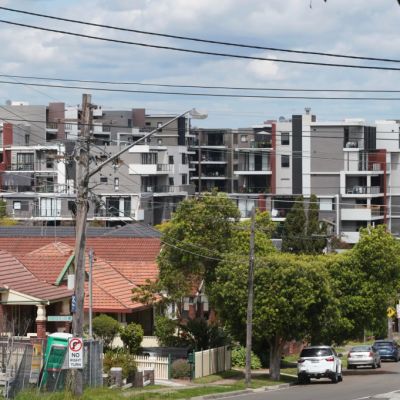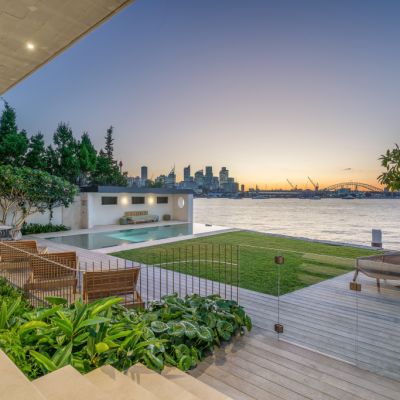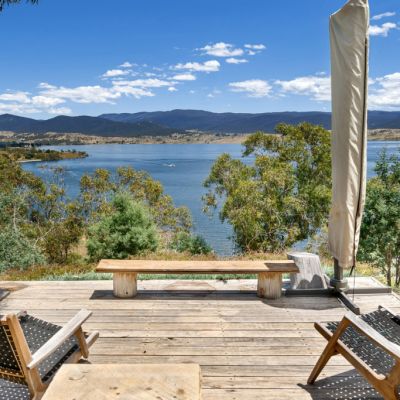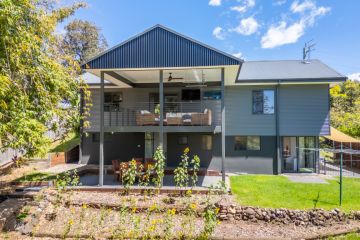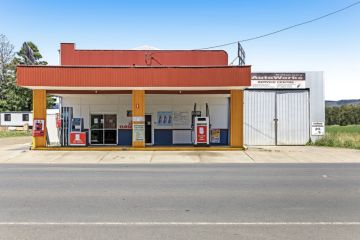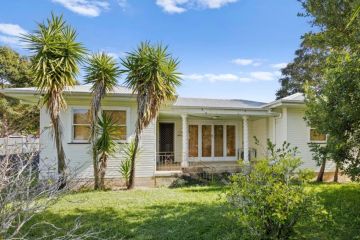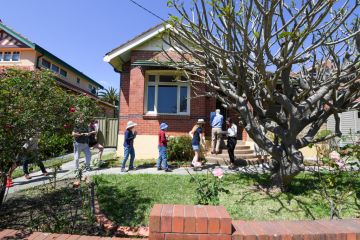Should you renovate your investment property in the new financial year?
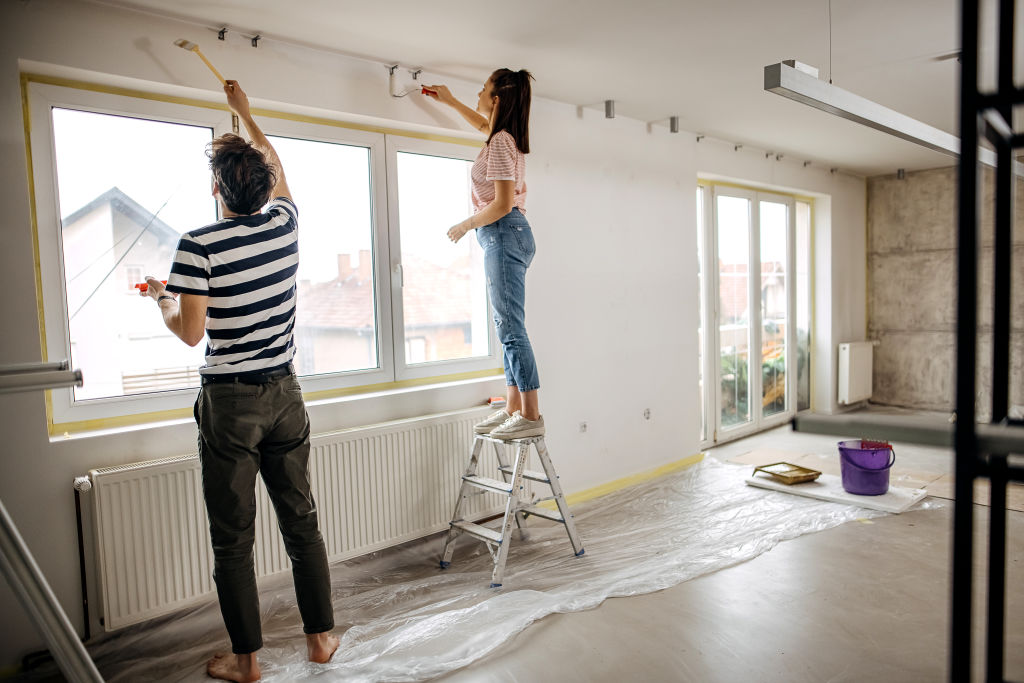
With renovation costs finally starting to stabilise, how extensively should you renovate an investment property to make financial sense?
The answer will depend on a number of factors, including the state of the home, its property type, location, value and tenant demand – and level of rents being paid – in that particular market.
But while it’s possible to renovate to any budget, it’s critically important not to over-capitalise on the property as it will take forever to recoup your outlay from the rent and doesn’t make enough difference to its sale price.
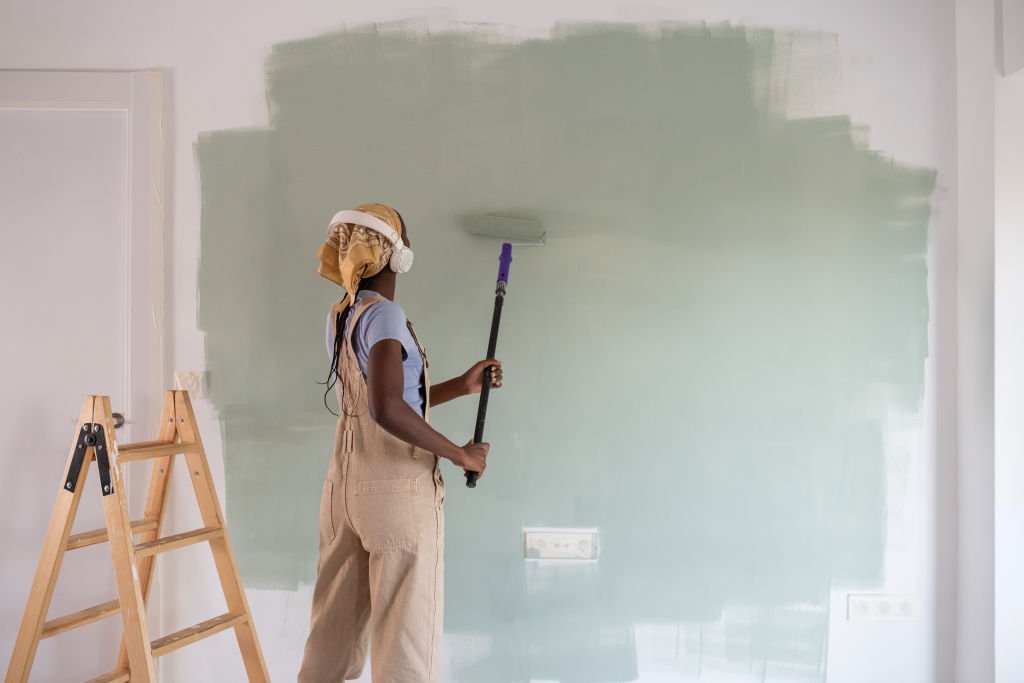
“Renovation costs are still very high, so it’s something you have to think about carefully now,” says renovation project manager Werine Erasmus, known as The Happy Renovator. “Some costs have doubled in the last two years, like for materials and the hourly rate for carpenters, for instance.
“As a result, I firmly believe that investors should spend the minimum they can at the moment in order to make the property comfortable and attractive for renters.
“You can do a lot for just 10 per cent of the value of the property, like $50,000 on a two-bedroom unit that’s cost you $500,000. But if it is rundown, or much bigger, then you’ll have to spend more.”
Investors should have a clear idea before they begin of what their plans are for the property, she says. If they want to rent it out for 10 years and then sell, they’ll have to factor in a second renovation beforehand because of the wear and tear in the interim.
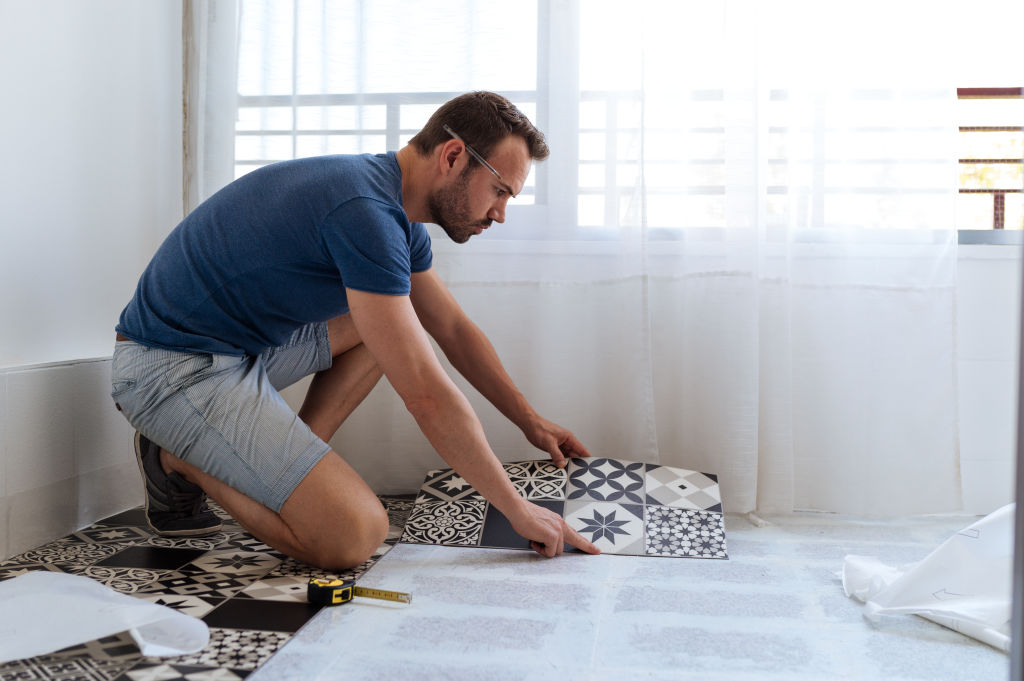
They should also focus on what’s absolutely needed. A serviceable kitchen might be quite acceptable to a tenant in North Queensland, but air-conditioning may be non-negotiable. Similarly, in Melbourne, an efficient heating system could be preferable to a new bathroom.
Renovation costs will also differ hugely from city to city, and in regional locations, too. Interior designer and building designer Martina Hayes says a basic kitchen in Sydney might cost as much as $25,000, a bathroom $20,000 and flooring $80 to $120 per square metre.
Waiting to see if those prices come down any further after the COVID surge won’t be a wise move either, says Greg Kearney managing director of Australian Home Renovations.
“Prices are beginning to stabilise but they won’t go down, or to anything like the level they were before the pandemic,” he says. “We’re at the new normal now, where prices are 13 to 14 per cent higher than they were.
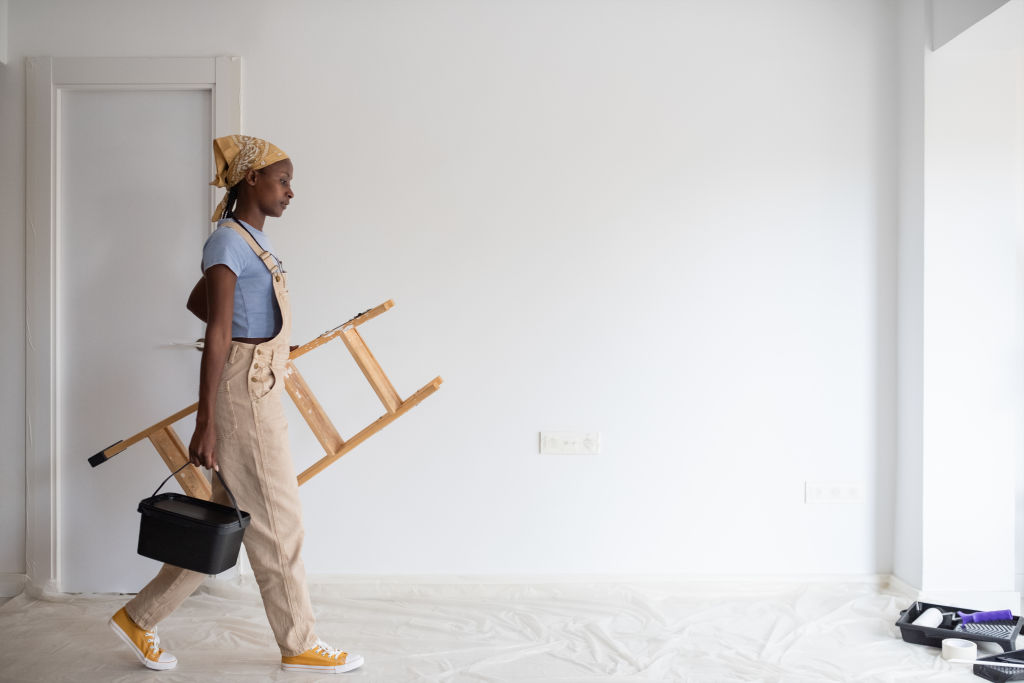
“The minimum you should spend on a renovation for an investment property will be 10 per cent of its value, while the maximum should be 20 to 25 per cent. Of course, you can spend a lot more, but you might never get that money back again.”
Having knowledge of the area you’re investing in, your target buyers and demographics will determine the best way forward in terms of money spent, says Scott O’Dell, the national director of valuers Opteon Solutions.
But generally, the best-value-outcome renovations include kitchen and bathroom upgrades, enhancing street appeal with external cosmetic upgrades and landscaping, adding additional living space and, most recently, making energy-efficient upgrades.
“A small minor renovation can be a sensible approach if the property is in a desirable location and in good condition or if the target market demands more affordable housing in that area,” O’Dell says. “A major renovation might be more appropriate if the property requires extensive repairs or if the market demands it.”
We recommend
We thought you might like
States
Capital Cities
Capital Cities - Rentals
Popular Areas
Allhomes
More
- © 2025, CoStar Group Inc.
